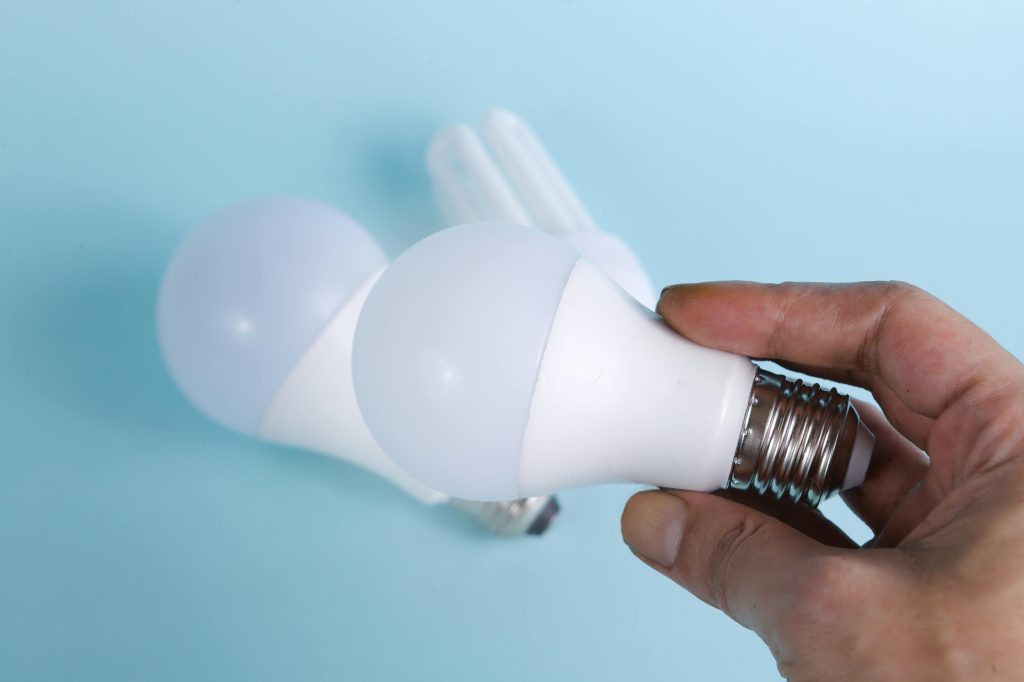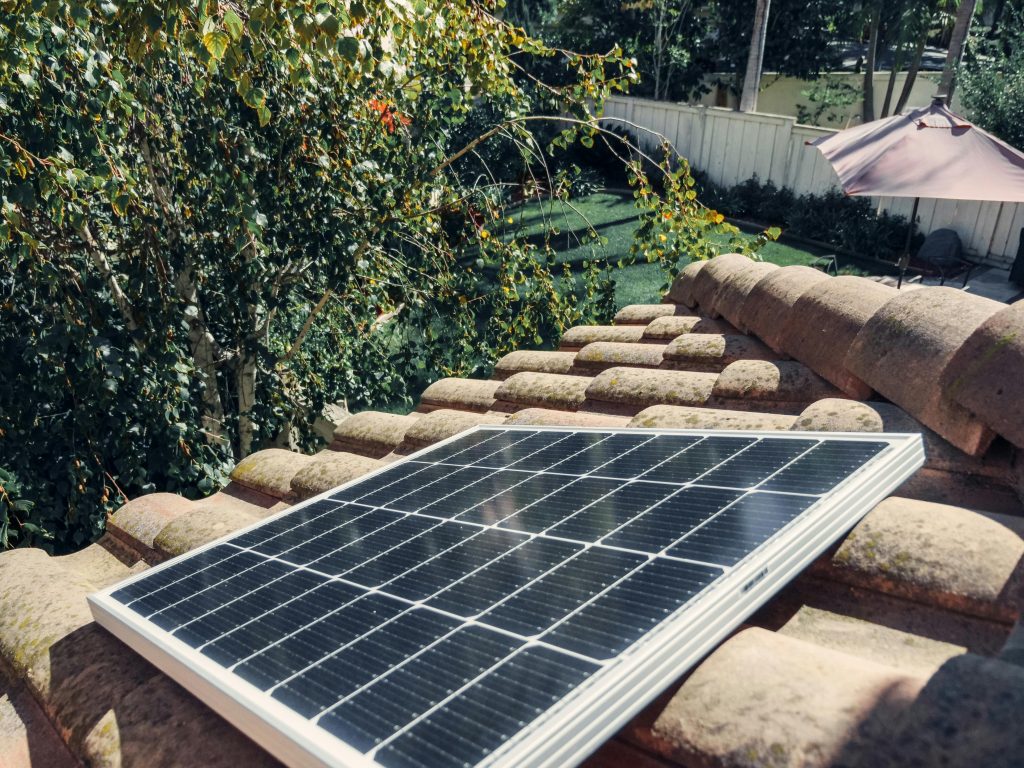A home is a complex network of systems that keep daily life running smoothly. From heating and cooling to electrical and plumbing, the reliability of these systems directly affects comfort, safety, and the value of a property. Many homeowners overlook routine updates until a failure occurs, which can lead to costly repairs or emergency replacements.
Proactive upgrades offer long-term peace of mind, reduce the likelihood of unexpected breakdowns, and improve efficiency. Considering the lifespan of critical home systems and identifying when upgrades are needed ensures that your home continues to function reliably for years to come.
Assessing the Current Condition of Systems
Evaluating the state of existing home systems is the first step toward meaningful upgrades. Electrical panels, HVAC units, plumbing lines, and water heaters all have finite lifespans, and wear can compromise their performance. Signs of aging may include frequent circuit trips, uneven heating or cooling, low water pressure, or leaks.
Conducting a thorough inspection helps pinpoint areas that require immediate attention or planned replacement. Professional assessments can uncover hidden issues that may not be noticeable during everyday use, preventing small problems from escalating into major expenses. Keeping detailed records of system age and maintenance history helps homeowners make informed decisions about upgrades.
The Importance of a Roof
A roof serves as the first line of defense against weather, temperature extremes, and environmental hazards, protecting everything beneath it. Investing in quality roofing craftsmanship ensures that the materials, installation, and structural integrity combine to withstand storms, heavy rain, snow, and strong winds while maintaining durability. Beyond protection, a well-constructed roof contributes to energy efficiency by regulating heat and reducing utility costs, while enhancing the aesthetic appeal and market value of a home.
Regular inspections, timely repairs, and proper maintenance are important to preserve the roof’s performance. A solid roof provides security, comfort, and peace of mind for homeowners year after year.
Investing in Energy-Efficient Upgrades
Replacing outdated systems with energy-efficient models offers financial and environmental benefits. Modern HVAC units, water heaters, and appliances consume less energy while delivering improved performance. Upgrading insulation, windows, and smart thermostats can further reduce energy consumption and enhance comfort.
Energy-efficient systems often qualify for rebates or tax incentives, making the investment more accessible. Lower utility bills offset the initial cost, and reduced strain on the system prolongs its lifespan. For homeowners planning to stay long-term, energy-efficient upgrades can enhance reliability while minimizing ongoing operating costs.
Enhancing Plumbing and Water Systems
Reliable plumbing and water systems are critical for daily living, but they are often overlooked until leaks or clogs occur. Old pipes, corroded fittings, and outdated fixtures can lead to water damage or costly repairs if left unaddressed. Upgrading to durable materials, such as PEX or copper piping, and installing modern water heaters improves performance and reduces risk.
Implementing water filtration systems or pressure regulators can protect the home’s plumbing infrastructure and extend the life of appliances. Routine maintenance, including inspection of pipe connections and checking for leaks, ensures that water systems remain dependable over the long term.
Modernizing Electrical Systems
Electrical systems are the backbone of a modern home, powering everything from lighting to smart devices. Aging wiring, insufficient circuit capacity, and outdated panels pose safety hazards and limit the ability to accommodate new technology. Upgrading the electrical system allows for safer operation and the integration of contemporary devices, including home automation and renewable energy sources.
Installing surge protection, GFCI outlets, and updated breakers further protects the home and its occupants. Regular electrical inspections identify risks before they cause damage, ensuring that the system can meet current and future energy demands reliably.
Maintaining Heating and Cooling Systems
HVAC systems require careful attention to provide consistent comfort throughout the year. Components such as compressors, fans, and ductwork can degrade, leading to inefficiencies and increased repair needs. Upgrading to high-efficiency models with programmable or smart controls optimizes performance and reduces energy usage.
Cleaning or replacing filters, sealing ducts, and scheduling professional maintenance keep the system functioning as intended. Properly maintained heating and cooling systems improve indoor air quality and prevent unexpected failures during extreme weather, which is important for long-term reliability.
Upgrading home systems requires thoughtful planning and timely investment, but the benefits are tangible and long-lasting. From evaluating existing infrastructure to modernizing electrical, plumbing, and HVAC systems, each improvement contributes to reliability and peace of mind.
Energy-efficient replacements, routine maintenance, and smart home integration further extend the functional lifespan of critical systems. Homeowners who prioritize these upgrades protect their property and create a safe, efficient, and dependable environment for years to come.
Published by HOLR Magazine.




